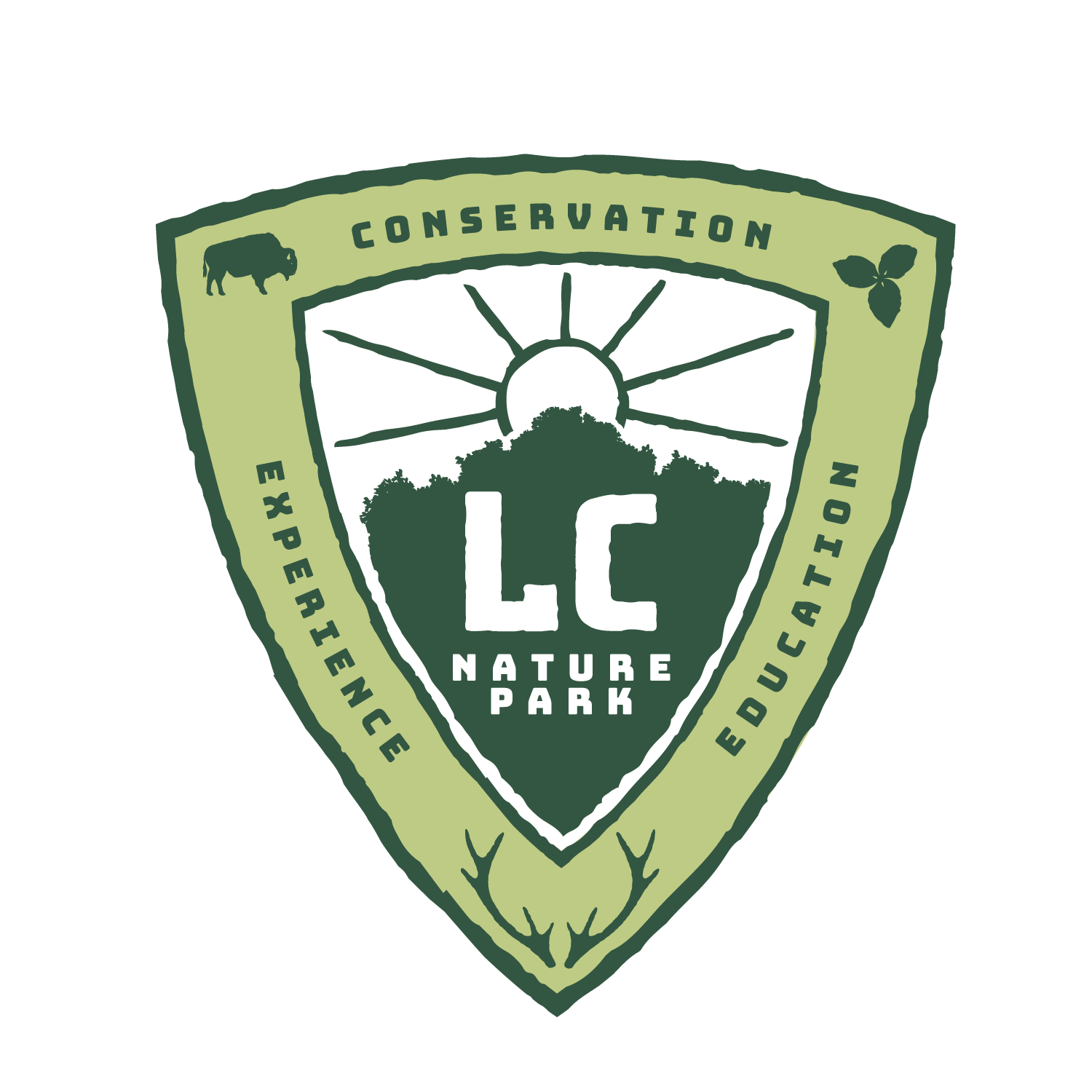Birds
Overview
In this program, we will explore the characteristics that make birds unique.
We also look at what differentiates them from other animals and other birds.
Objectives
To be able to look at different characteristics as a means to identify some bird species.
To be able to discuss how birds are important to the environment and to humans.
Vocabulary
Habitat
Characteristic
Beak
Talon
Bioindicator
Background
Birds are warm-blooded, egg-laying vertebrates distinguished by having feathers, wings, beaks, and the ability to fly. There are a great number of bird species and they all share some common characteristics.
Beak or Bill
Excellent Eyesight
Excellent Hearing
Feathers
Birds are a vitally important part of the ecosystem and play an integral role in the food chain and an ecosystem. Birds are consumers and scavengers. They also act as important agents of biological controls as well as bioindicators about the health of the environment. A bioindicator is something in the environment that acts as a warning bell that something negative may be happening biologically.
Program Outline
Students will first spend time walking through the Education Center observing the displays.
Students will then make their way to the amphitheater for a brief introduction to the activities for the day, review the expectations for the Park and program, and information about the program will be provided.
Then we will go for a hike to look for birds in the Park to observe them in their natural environment.
When we find a place where we can observe them without disturbing them. Then we will have a conversation about the specific characteristics and adaptations to connect how they help them survive.
Activities: Bird Olympics to see how we compare to birds in events like wing flapping, eating, running, etc. Graphing of birds based on characteristics observed.
